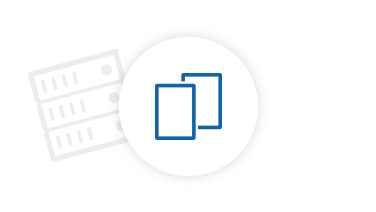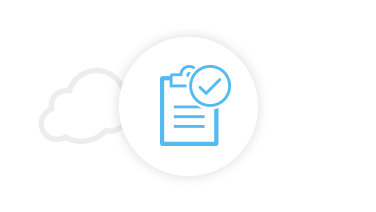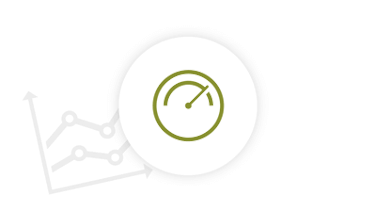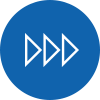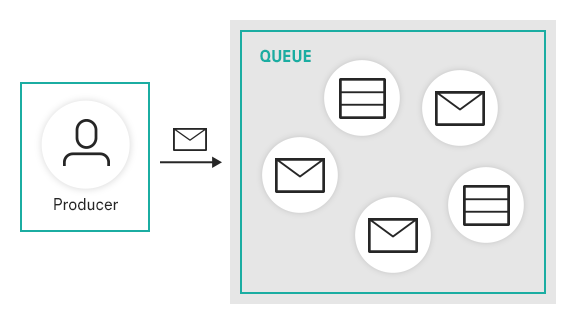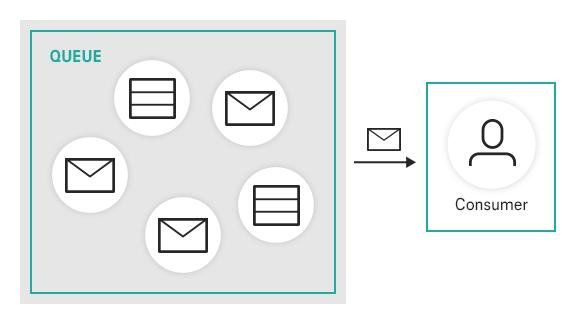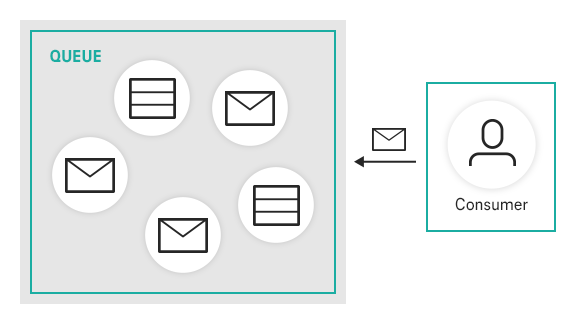DMS can be used in various fields, such as enterprise applications, online payments, telecommunications, e-commerce, logistics, marketing, social networking, Instant Messaging (IM), mobile gaming, video, Internet of Things (IoT), and Internet of Vehicles (IoV).
Distributed Message Service is useful in the following scenarios:
DMS works in distributed and highly scalable computing clusters and comes with standardized RESTful APIs that are used to access the generated messages. The queued messages are stored on different partitions, and the cloud-native service can be used without any additional hardware or software resources. The DMS can be controlled via the web console, OTC Terraform Provider, or the OpenStack command-line interface. The generated message queues or Apache Kafka Premium clusters are processed in sequence in accordance with the first-in-first-out principle. In addition, the DMS supports dead letter queues (in which messages that could not be delivered are stored).
The Open Telekom Cloud offers message queues as part of a shared model, meaning that computing resources are shared between customers and costs are assigned based on the number of API calls and queues triggered.
Apache Kafka Premium, on the other hand, offers a dedicated, managed cluster solution with maximum availability at the touch of a button. Compared to message queues, Kafka Premium offers a guaranteed data throughput for messages, which is essential for enterprise solutions. Kafka Premium can be used both internally via the secure OTC network, and externally via the internet. The cluster costs depend on your desired cluster size and are incurred on an hourly basis, regardless of the number of API calls and queues. This makes it easy for you to calculate the cost of your business case.
Kafka Premium instances use physically isolated computing, storage, and bandwidth resources. You can customize partitions and replicas for Kafka topics in the instances, and configure the network bandwidth as required. The instances can be used right out of the box, taking off the deployment and O&M pressure for you so that you can focus on developing your services.

